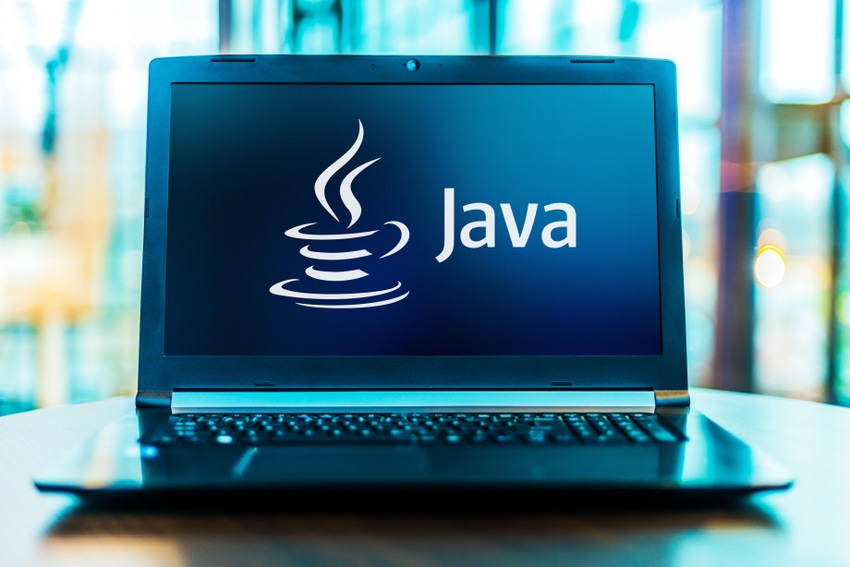Former CEO Scott McNealy's allegiance to Sun Microsystems' hardware culture shortchanged its software initiatives, and, ultimately, doomed the company.

After establishing the Java Community Process, where the votes of many small companies -- Instantiations, Bluestone, BEA Systems, Borland, JBoss -- could offset IBM, Oracle, and HP, Sun Microsystems realized it had missed a major opportunity and waded back into tools, a burgeoning field. It tried to catch up through acquisition, spending hundreds of millions in 1998-99 to acquire NetBeans and Forte Software and invest in supporting software from Netscape, i-Planet, and SeeBeyond, money that would soon be sorely missed.
Sun Microsystems' Hardware Culture
As Sun re-entered the tools business, IBM issued as open source code its internal environment for sharing Java tools. Sun Microsystems wanted to be the central authority, the pivot point, for Java tools. Instead, through the IBM programmer's workbench, many third-party tools started using its integrated development environment for their own operations and to share files with other third-party Java tools.
IBM denied it sought to impact Sun's business, but the tensions between the two were palpable over what IBM claimed was Sun's reluctance to live up to a pledge to create an international Java standard. IBM customers depended on Java, but Java was still under Sun's proprietary control. The Eclipse workbench was IBM's response. It blanked out Sun's second attempt at a profitable tools business, in part by capitalizing on the open source code enthusiasm among Java programmers. If it had really been aimed at Microsoft, as IBM later claimed, it would have been called Storm Cloud Over Visual Studio, not Eclipse.
The Setting Sun (Microsystems)
Just as in tools, Sun Microsystems backed away from, then re-entered the production of key Java middleware, long after others were already established in the field. By the time McNealy relinquished the CEO's keys to Jonathan Schwartz, the jig was up, the hardware culture had exhausted its options and in desperation it was willing to try something else. Once again, Sun Microsystems was reacting to market conditions too late, with too little business discipline, too little understanding of what its software engineers would have done if left to their own initiative.
Schwartz, the new CEO, was not part of the hardware culture and had the makings of a fine software company executive, provided he had been appointed seven years earlier and been given real power upon assumption of office. Instead, he had been given a badly played out hand. He and McNealy, his mentor hero, clashed in the final denouement. Schwartz understood that IBM would be a better repository of the Java trust than Oracle and favored a sale to IBM. McNealy, always resentful of IBM, insisted on a sale to a personal friend with a seemingly more palatable deal, Larry Ellison.
The true proportions of this Titanic mis-pilotage were missing at the Churchill Club event on the evening of Feb. 24. "I'm still not satisfied with the discussion," said Larry Hammond, vice president of Morgan Stanley and previously an analyst with Credit Suisse First Boston, in the last question of the evening. "Why did HP, IBM, Dell, and all other major companies recover after the bubble burst? The only major one that did not was Sun. Since then, we've seen data center servers, departmental servers, database servers, ecommerce grow like crazy. How did Sun miss the whole thing?"
It was the most pertinent question of the evening, one that called to account the entire misguided hardware culture. IBM and HP, it might be noted, are now both hardware and software companies, not one or the other.
As McNealy stayed silent, Ed Zander, former Sun Microsystems president and emcee of the occasion, answered true to form:
Larry, I hear ya. It was a blast. I was coming up 101 tonight and I would have loved to see those buildings still showing the Sun logo. But it's time all of us moved on. We all loved the Sun experience but it's time to move on. If it's all right, I don't want to go there tonight.
The avoidance of difficult questions, the unwillingness to make a painful call -- how much farther do we need to look to understand why Sun Microsystems failed?
Charles Babcock is an editor-at-large for InformationWeek.
About the Author(s)
You May Also Like







